
Crime Rate Predictor using Machine Learning
Crime Rate Predictor using Machine Learning
Introduction
A simple project based on Crime Rate Prediction has been developed to analyze and forecast crime trends across major Indian cities. In today’s world, public safety and crime prevention are among the biggest concerns for governments and law enforcement agencies. Traditional methods of crime monitoring often rely on manual reporting, surveys, or reactive measures, which makes it difficult to act in advance.
This project addresses that gap by applying machine learning techniques to past crime records in order to predict future crime rates. It focuses on 19 metropolitan cities in India, using official data to uncover patterns and trends that can assist authorities in resource planning, risk management, and proactive crime prevention.
By turning raw data into actionable insights, the Crime Rate Predictor not only helps administrators but also gives students and researchers a chance to explore how AI can be applied in social good and governance.
About the Application
The application is designed as a data-driven crime analysis and forecasting tool. It helps in:
-
Identifying Trends – Discovering which types of crimes are increasing or decreasing over time.
-
Anticipating Hotspots – Highlighting cities or areas that are likely to face higher risks in the future.
-
Resource Allocation – Helping police departments allocate manpower and resources more efficiently.
-
Policy Making – Supporting governments in designing proactive measures for community safety.
-
Public Awareness – Sharing insights that help citizens stay informed and take preventive actions.
The predictive system works on historical data and applies advanced machine learning models to generate estimates for 10 different categories of crimes.
Dataset Information
The project uses data collected from the Indian National Crime Records Bureau (NCRB), covering statistics from 2014 to 2021. This dataset includes records of major crimes reported across Indian cities, ensuring reliability and accuracy.
The following crime categories are covered:
-
Murder
-
Kidnapping
-
Crime Against Women
-
Crime Against Children
-
Juvenile Crimes
-
Crime Against Senior Citizens
-
Crime Against Scheduled Castes (SC)
-
Crime Against Scheduled Tribes (ST)
-
Economic Offenses
-
Cybercrimes
By analyzing trends within these categories, the system can forecast crime rates for future years.
Methodology
The project follows a standard machine learning workflow:
-
Data Collection & Cleaning – NCRB records are structured, missing values are treated, and irrelevant columns are removed.
-
Exploratory Data Analysis (EDA) – Visualizations such as bar charts, heatmaps, and line graphs are used to highlight crime trends.
-
Feature Engineering – Time-based features and city identifiers are extracted for better accuracy.
-
Model Training – Algorithms like Linear Regression, Random Forest, and LSTM (for time-series data) are applied.
-
Model Evaluation – Accuracy metrics (R², RMSE, MAE) are used to validate predictions.
-
Deployment – A simple web interface can be created using Flask or Streamlit, where users can select a city and view forecasted crime rates.
Applications
-
Law Enforcement – To plan patrols and assign officers based on predicted crime hotspots.
-
Government Agencies – To make informed policies for crime reduction and safety improvement.
-
Researchers & Students – To study how data-driven approaches can tackle real-world social problems.
-
NGOs & Social Workers – To focus awareness programs in areas where certain crimes are predicted to rise.
Real Time Project :- Click here
How It Works – Machine Learning Model
The Crime Rate Predictor is built using Scikit-learn’s Random Forest Regression Model, which provides accurate predictions by analyzing past crime trends.
Model Overview
✔ Algorithm Used: Random Forest Regression
✔ Inputs: Year, City Name, Crime Type
✔ Prediction Accuracy: 93.20% on the testing dataset
✔ Data Source: NCRB crime reports (2014-2021)
Why Random Forest Regression?
Random Forest Regression is an ensemble learning technique that creates multiple decision trees and combines their predictions to produce more accurate results. By averaging predictions from multiple decision trees, it reduces errors and improves accuracy compared to a single decision tree model.
Features
Crime Rate Prediction for 10 crime categories.
Prediction for 19 Indian metropolitan cities.
Historical crime data analysis (2014-2021).
High accuracy (93.20%) using Random Forest Regression.
User-friendly interface to select city, crime type, and year for predictions.
Data-driven insights to support law enforcement planning.
Complete Python course :- Click here
How to Use the Application
1.Launch the application by running app.py.
2.Select the city, crime type, and year for which you want to predict the crime rate.
3.Click on the “Predict” button to generate the crime rate prediction.
4.The predicted crime rate will be displayed on the screen.
Real-World Impact
The Crime Rate Predictor is designed to help:
✔ Police Departments – Identify crime-prone areas and deploy resources effectively.
✔ Government Authorities – Develop policies to reduce crime and improve public safety.
✔ Researchers & Analysts – Analyze crime trends and study societal impacts.
✔ Public Awareness – Help citizens understand crime risks in their cities.
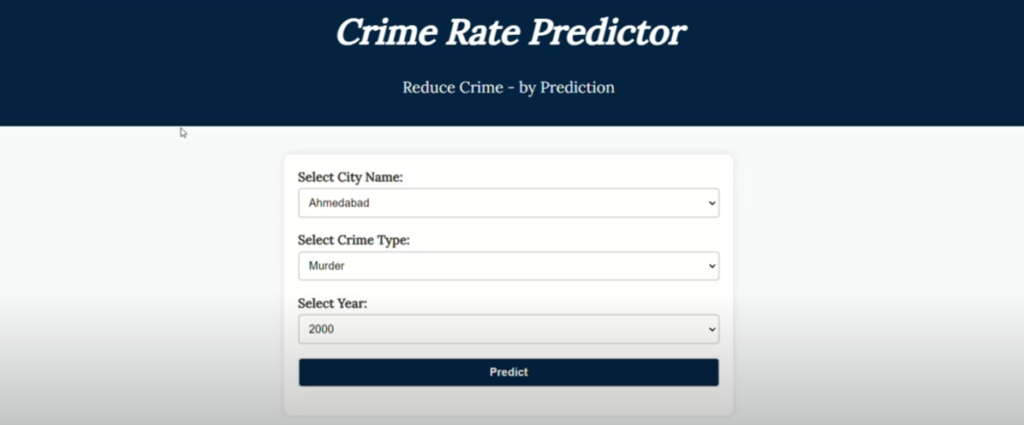
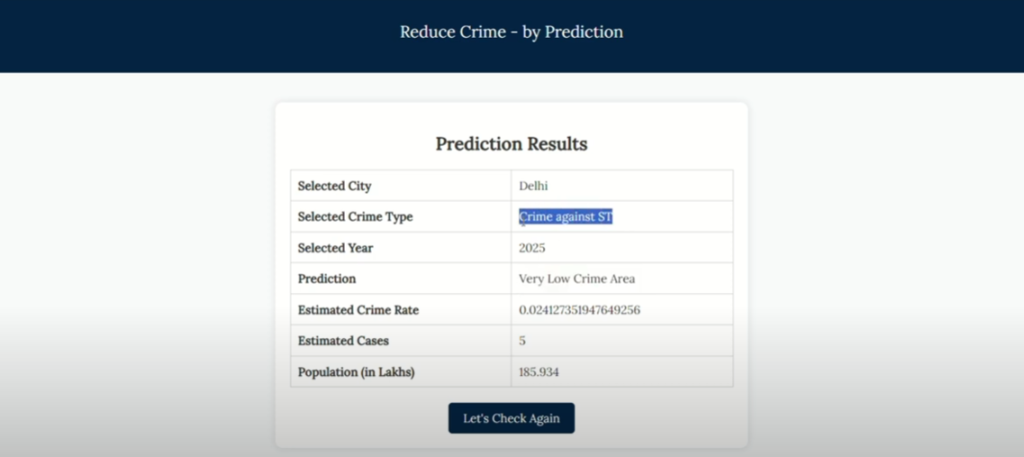
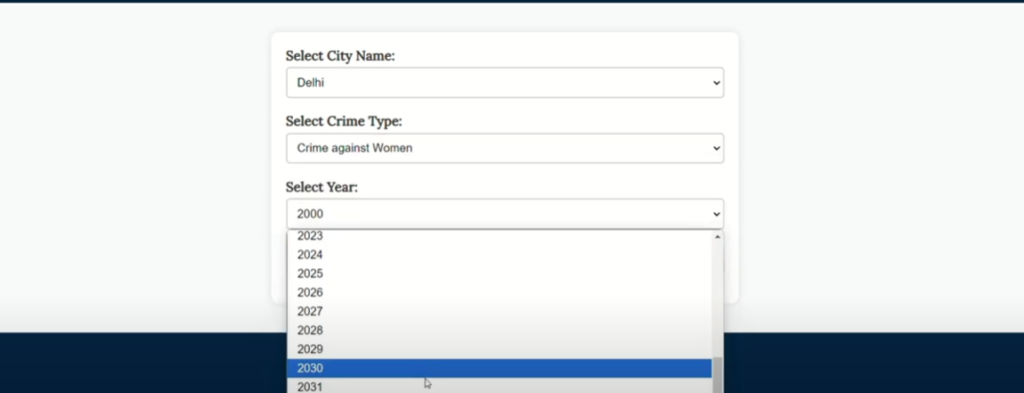
Python Project :- Advance College Management System in Django
Future Enhancements
Integration with Live Crime Data for real-time predictions.
Data Visualization using interactive heatmaps and trend analysis.
Crime Hotspot Detection using geospatial mapping.

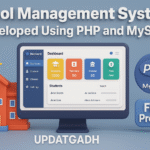






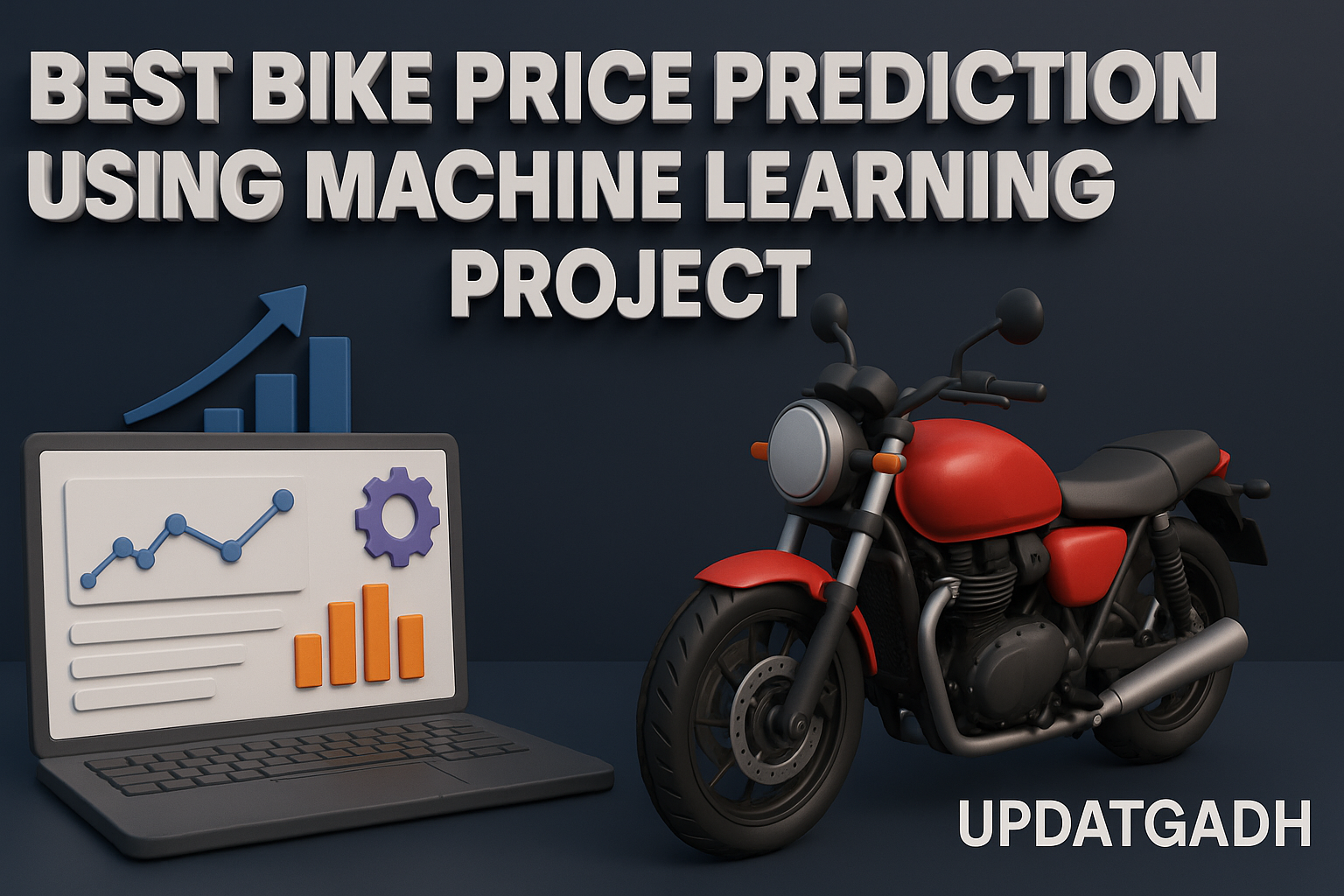
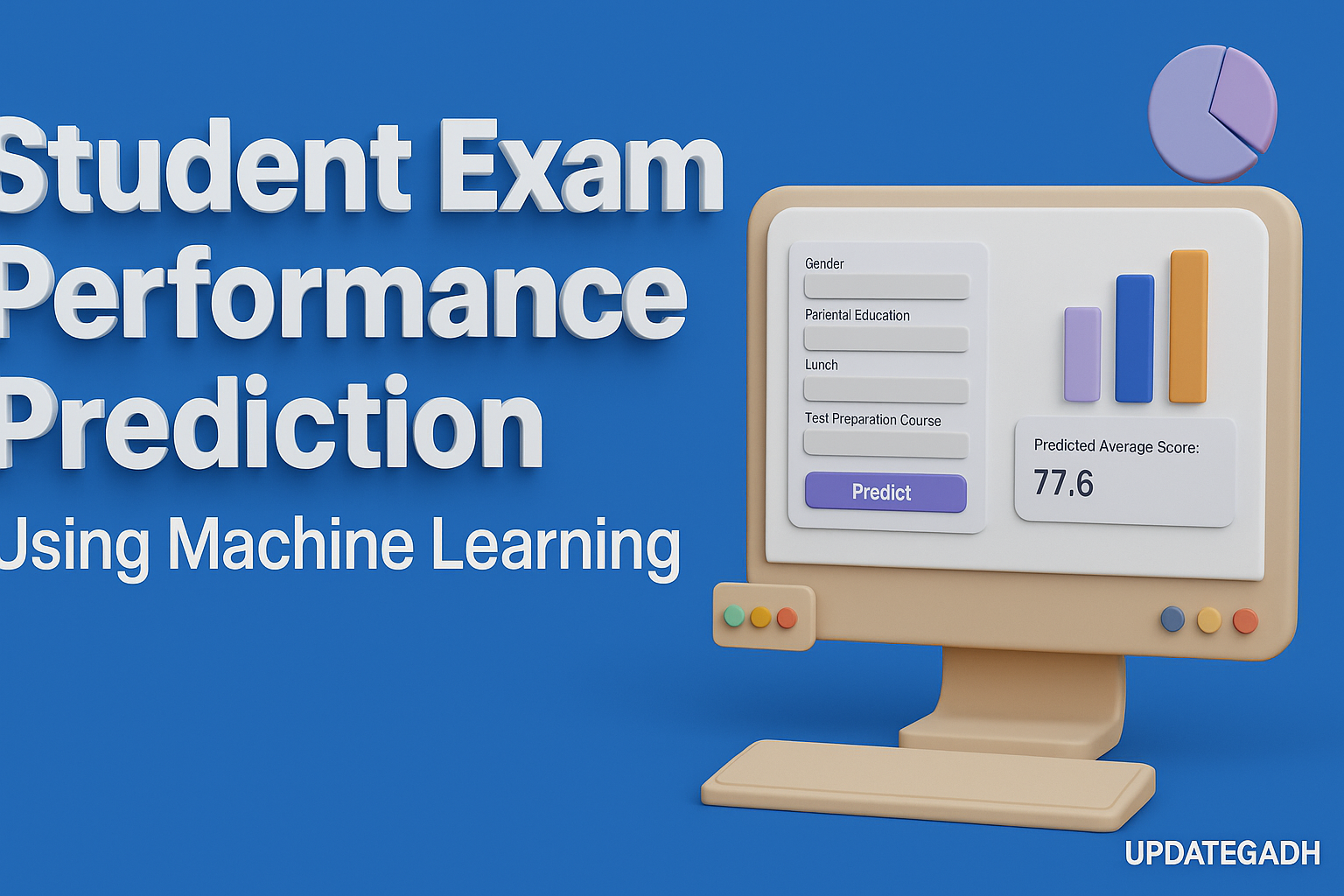
Post Comment